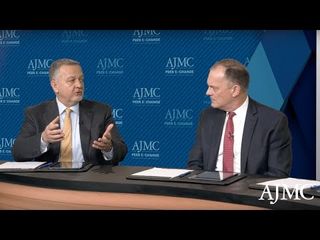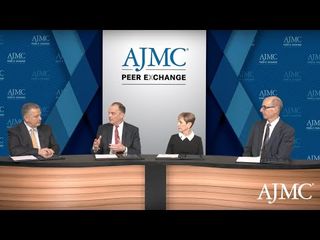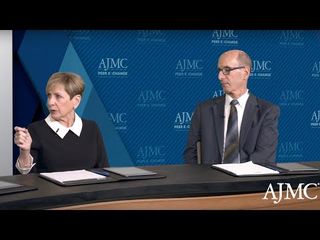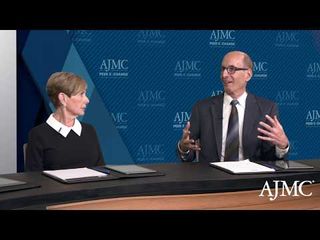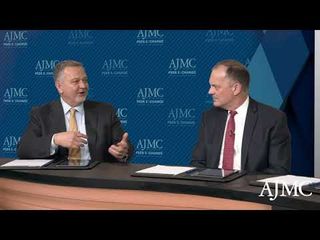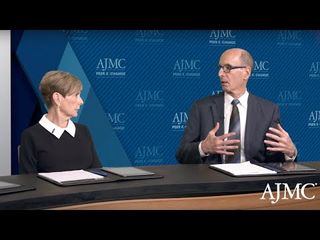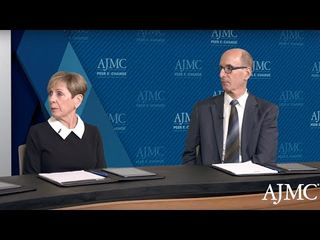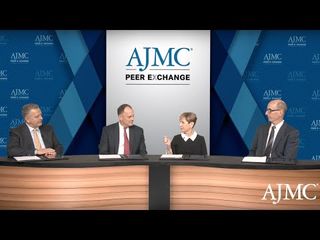
Pain Management
Latest News
Latest Videos

CME Content
More News

The report explored the use of intravenous lidocaine in a hospital that expanded its use beyond postoperative gastrointestinal surgery.

Some types of pain affect cognitive ability, including number sense, and yet some tools to assess pain use numerical scales. A recent study sought to determine if number sense is altered in patients with chronic and acute pain compared with healthy subjects.

New guidelines from the American College of Physicians and the American Academy of Family Physicians are cautioning providers against treating patients with acute pain from musculoskeletal injuries with opioids.

A recent study explored how chronic pain affects occupational status, the distribution of household chores, and marital satisfaction.
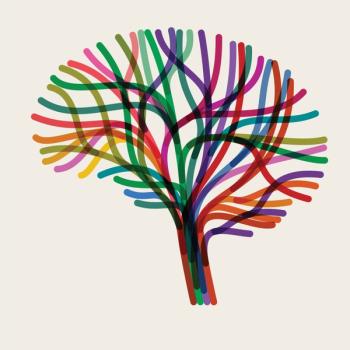
High-quality research is needed to generate evidence to back neurofeedback for pain management, a recent review says.
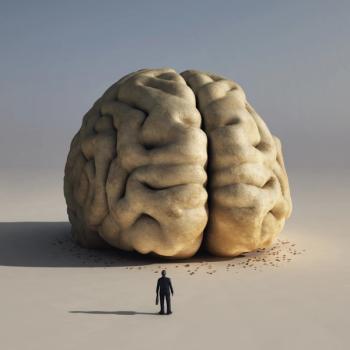
A community-based program helped reduce pain using cognitive behavioral therapy techniques in low-income, primarily Black individuals with coexisting pain and diabetes.

A recent meta-analysis looked at noninvasive vagus nerve stimulation (nVNS), a nonpharmacologic method of acute pain relief for headaches.
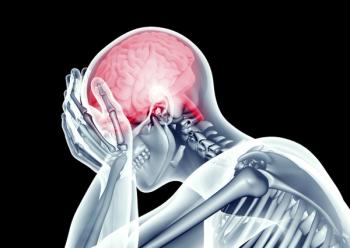
Occipital pain is linked to migraine, but the 2 conditions are sometimes difficult to separate.

Intensity of headache pain is as important as frequency when evaluating the clinical response and impact of migraine preventive treatment with OnabotulinumtoxinA on patient headache-related disability, according to a recent study.

Before coming to the clinic, they had been treated conservatively by primary care physicians and had suffered from pain anywhere from 2 to 40 years.
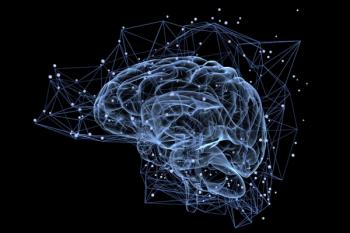
A recent review explored the mechanism of a 5-hydroxytryptamine (5-HT 1f) agonist used in the treatment of acute migraine pain.
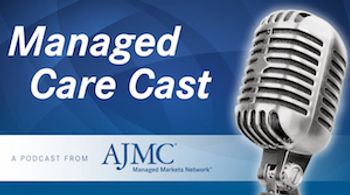
On this episode of Managed Care Cast, we speak with Jeffrey Krauss, MD, chief medical officer of Hinge Health and Stanford Clinical assistant professor, about the efficacy of a 12-week digital care program aimed to reduce lower back and knee pain in a real-world population.

Healthcare professionals report pain management barriers across system, provider, and patient levels, highlighting the need to consider chronic pain as a chronic condition that warrants coordinated approaches.

Our brains experience social and physical pain in much the same way; rural hospitals in the United States are increasingly at risk of closure; there is strong support for organ and tissue donation for research.

Migraine was the most common type of headache in patients with hyperprolactinemia.
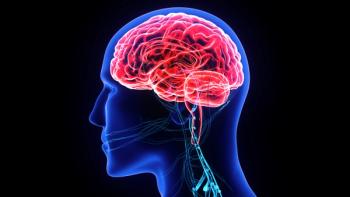
The literature review examined randomized controlled trials for craniosacral therapy (CST) in patients with migraine and other conditions that cause pain.

Exercise can be a potent therapy for patients with rheumatologic diseases and can result in improvements in inflammation, disease activity score, pain, stiffness, and fatigue. However, exercise needs to be modified for these patients to address the unique barriers they may have compared with the general population, said panelists during a session at the American College of Rheumatology’s annual meeting.

Since there are no cures for knee osteoarthritis (OA), exercise and weight loss remain the best first-line therapies to decrease pain and improve function, said Stephen P. Messier, PhD, professor and director of the J.B. Snow Biomechanics Laboratory at Wake Forest University.

Here are the top 5 articles for the month of October.
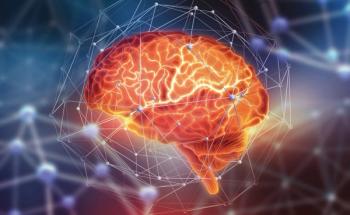
A recent study looked at the role of the cerebellum and brainstem in migraine pain.

Other than surgery and medications, including opioids, there are few options for treating pain symptoms, which affect more than half of all patients with neurofibromatosis type 1.

Researchers recommended strategies for providers to think about when managing this population.

According to the researchers, these rates are nearly double that seen in the general population, which suggests the presence of unmet needs among the survivorship community.

In recent years, fatal overdoses from fentanyl have drastically increased across the nation, with the number of deaths nearly doubling each year from 2013 through 2016.

A computer simulated cost-effectiveness model of fremanezumab for migraine found that it was cost effective versus no treatment. Researchers presented a poster about its cost-effectiveness for the prevention of chronic and episodic migraine at ISPOR 2019.





